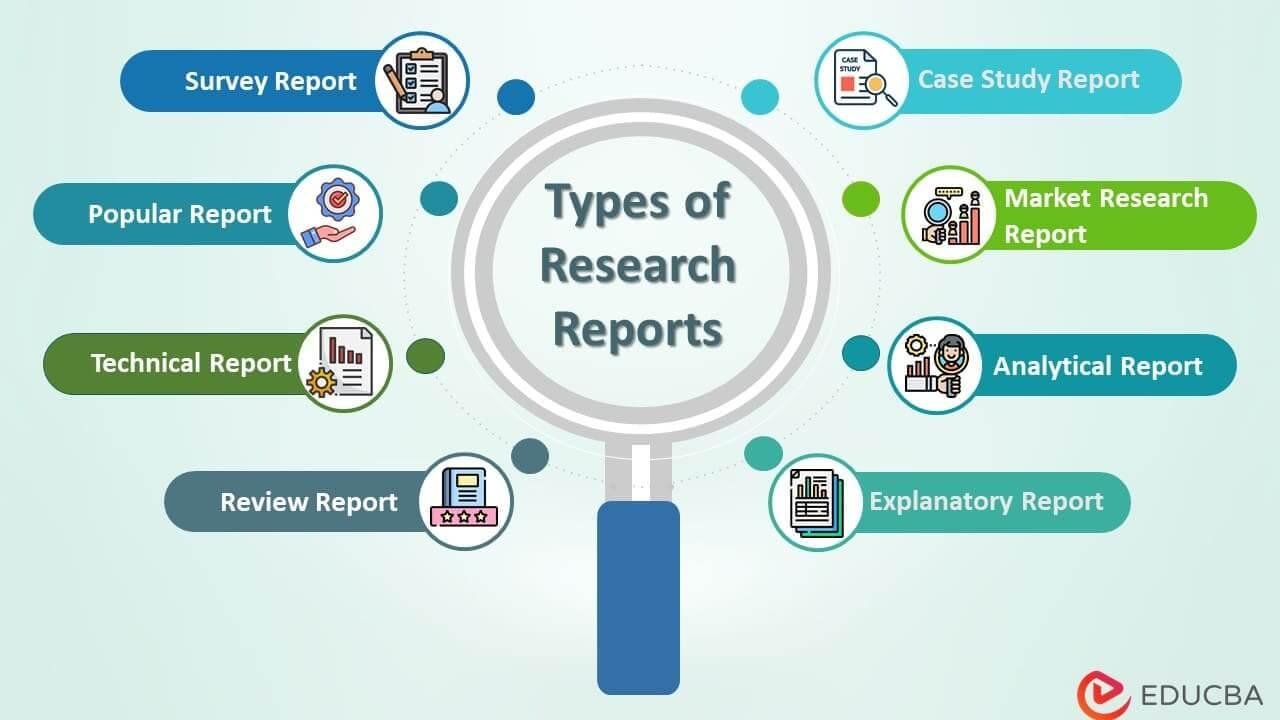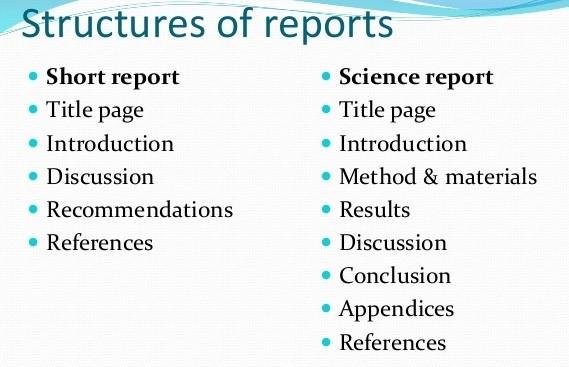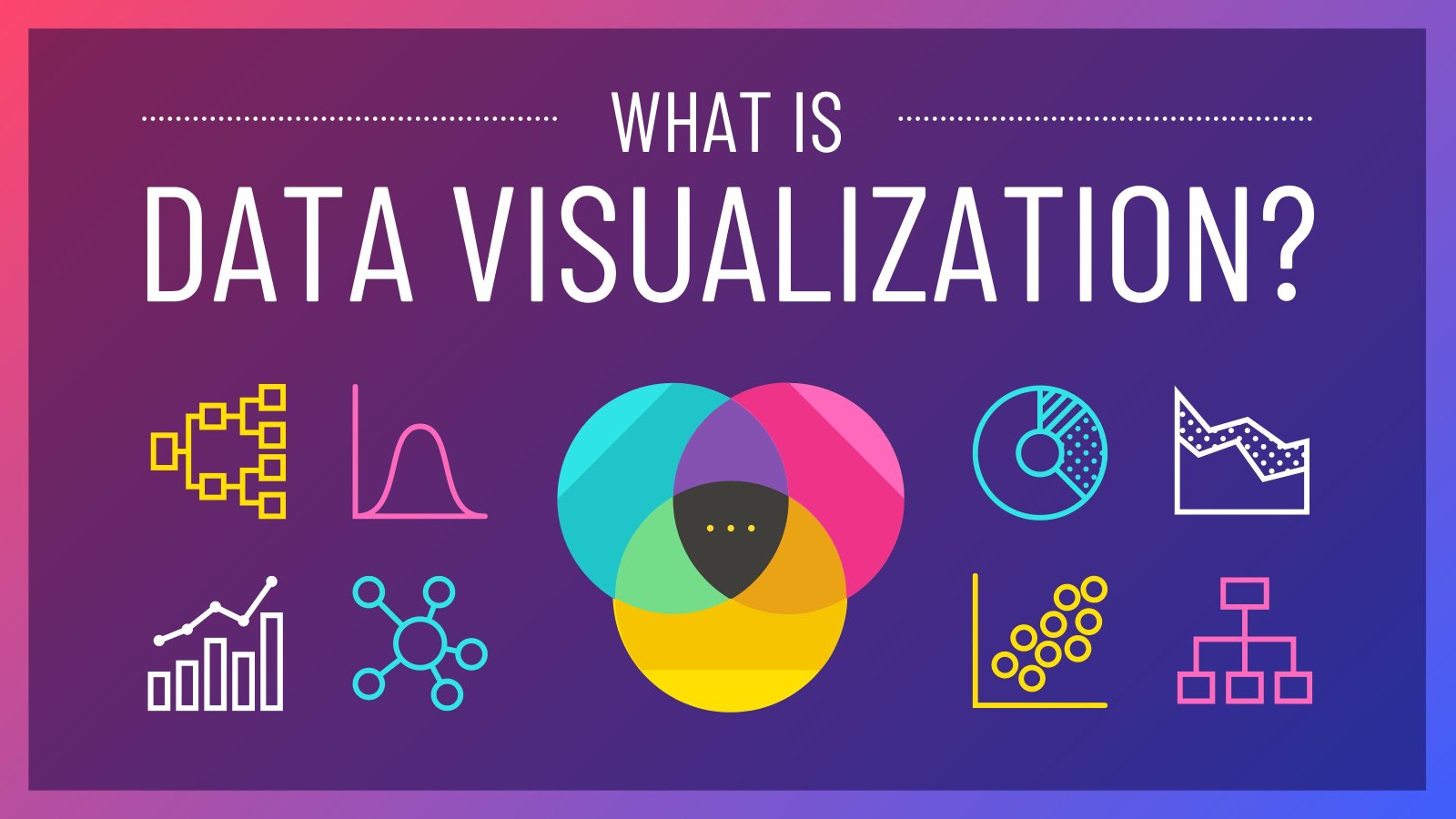research report writing

In the realm of academic and professional writing, the ability to craft a well-structured research report is an invaluable skill. A research report serves as a detailed account of a systematic investigation, meticulously outlining the processes, data, and findings derived from the study. It is not just a presentation of raw data; rather, it is a narrative that interprets complex information and conveys it in a clear and concise manner, making the findings accessible to a broader audience. Understanding how to write a compelling research report is essential for anyone engaged in the pursuit of knowledge, whether in scientific research, social sciences, or any field that relies on empirical evidence.
This article aims to guide you through the critical components of research report writing, emphasizing the significance of clarity, structure, and adherence to scientific rigor. By exploring the major parts of a research report—including the introduction, literature review, methods, results, and discussion—we will equip you with the tools necessary to communicate your findings effectively, ensuring that your research not only contributes to your field but also engages and informs your readers. Let’s embark on this journey into the world of research report writing, where every chapter unveils the art of transforming data into meaningful insights.
Crafting a Compelling Research Narrative
To elevate your research report from a mere collection of data to an engaging story, consider the vital elements that weave your findings into a cohesive narrative. Start by identifying your audience and tailor your language and structure accordingly. Place emphasis on key themes and insights that arise from your research, allowing these components to serve as the backbone of your narrative. Use vivid language to paint a clear picture of your findings, while also incorporating anecdotes or case studies that humanize the data. By making your research relatable and relevant, you invite your readers to connect with the material on a deeper level.
Structuring your narrative effectively is equally important. Organize your report into distinct sections, each contributing to the overall story you wish to convey. A possible layout could include:
- Introduction: Set the stage and present your research question.
- Methodology: Describe how you approached the research.
- Findings: Highlight the major outcomes of your work.
- Discussion: Offer interpretations and implications of the findings.
- Conclusion: Summarize key takeaways and suggest future research avenues.
Additionally, employing a visual aid such as a well-structured table can effectively summarize key data points, enhancing the narrative’s clarity:
| Aspect | Details |
|---|---|
| Purpose of Research | To understand the impact of X on Y. |
| Sample Size | 250 participants across various demographics. |
| Key Finding | X significantly improves Y over Z. |

Structuring Your Report for Maximum Clarity
To enhance the clarity of your research report, it’s vital to adopt a systematic structure that guides your readers through the information logically. Start with a title page that succinctly describes the content, followed by a table of contents for easy navigation. Use headings and subheadings effectively to organize sections, making sure they are descriptive enough to give a clear idea of what each section contains. Key sections typically include the introduction, methodology, findings, discussion, and conclusion. This structured approach helps in compartmentalizing your thoughts and allows readers to grasp the core ideas without unnecessary confusion.
Within each section, employ succinct language and bullet points to emphasize essential information. Consider using tables to present data clearly, as they can simplify complex information and enable quick comparisons. Here is an example of how to format a simple table for your findings:
| Finding | Description |
|---|---|
| Finding 1 | Briefly summarize the key outcome of your research. |
| Finding 2 | Highlight another significant result. |
| Finding 3 | Provide a concise interpretation of a critical discovery. |
Lastly, remember to conclude with a clear summary of your findings and implications to reinforce the main points and enhance retention. Structured presentations with clear sections and visual aids not only make your report more engaging but also ensure that your audience walks away with a solid understanding of your research.

Incorporating Data Visualizations Effectively
Integrating data visualizations into your research report not only enhances the presentation of your findings but also aids in the effective communication of complex information. To harness the full potential of visual data representation, consider employing various types of visual elements that are most relevant to your data. With options such as charts, graphs, and maps, you can illustrate trends, highlight outliers, and uncover patterns that might otherwise go unnoticed. When designing your visuals, ensure they are clear and straightforward — avoid clutter to keep your audience focused on the key insights.
In addition to selecting the right type of visualization, it is crucial to maintain consistency throughout your report. Establish a cohesive color scheme and labeling convention that enhance readability. Moreover, using annotations or “callouts” can help guide the reader’s attention to specific aspects of your data, making your findings more compelling. Here’s a simple example of how to structure a small data set for clarity:
| Year | Sales ($) | Growth Rate (%) |
|---|---|---|
| 2021 | 50,000 | – |
| 2022 | 75,000 | 50 |
| 2023 | 100,000 | 33.33 |
This table succinctly presents essential information, promoting quick understanding of the data. By thoughtfully integrating these visual tools, your research report becomes not just a collection of findings, but a powerful narrative that engages your audience and drives home your conclusions.

Navigating Ethical Considerations in Research Reporting
Research reporting must prioritize ethical integrity to maintain trust and credibility within the scientific community. It is essential to ensure that all aspects of the research process and findings are presented transparently and accurately. Researchers should consider the following aspects:
- Data Fabrication: Never create false data or results to support a hypothesis.
- Plagiarism: Always give credit to original sources and ideas developed by previous researchers.
- Conflicts of Interest: Disclose any potential conflicts that might influence the research process or outcomes.
- Informed Consent: Ensure participants are fully aware of their involvement in the study and agree to it voluntarily.
Furthermore, maintaining a comprehensive framework for ethical reporting can help researchers navigate complex dilemmas in their findings. Consider documenting ethical challenges and decisions made during the research process. Here’s a simple table that presents key ethical principles:
| Ethical Principle | Description |
|---|---|
| Respect for Persons | Upholding the dignity and autonomy of individuals involved in research. |
| Beneficence | Ensuring the welfare of participants and minimizing potential harm. |
| Justice | Fair distribution of research benefits and burdens among participants. |
Insights and Conclusions
As we draw the curtains on our exploration of research report writing, it’s essential to recognize that crafting an effective report is more than merely jotting down findings; it is an art form grounded in clarity, structure, and precision. A well-written research report serves not only as a documentation of your efforts but also as a bridge connecting your insights to the broader discourse within your field. By adhering to established guidelines and embracing a methodical approach, you can transform raw data into compelling narratives that inform, persuade, and inspire.
Whether you are documenting a groundbreaking study or compiling a routine analysis, remember that your report is a vital instrument for communication. Strive to make each section — from introduction to conclusion — resonate with your readers, guiding them through your thought process with ease. As you embark on your writing journey, carry with you the knowledge that every report contributes to the collective pursuit of understanding, paving the way for future inquiries. With each word you write, you are not just sharing findings; you are nurturing a dialogue that fuels innovation and advances knowledge.
In closing, embrace the challenge of research report writing as an opportunity to leave your mark on the academic landscape. Let your passion for discovery reflect in your prose, and may your reports illuminate the path for others to follow. Happy writing!




